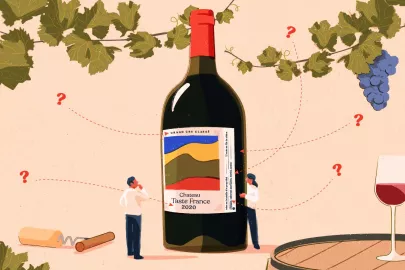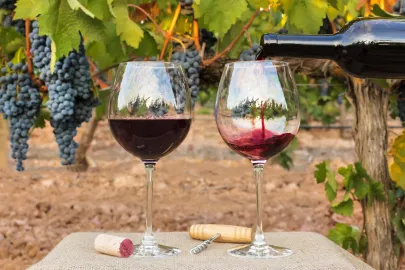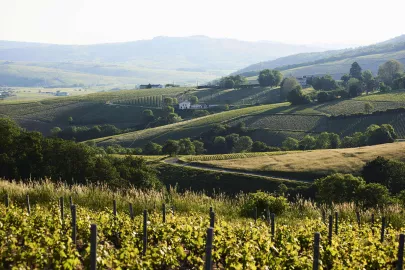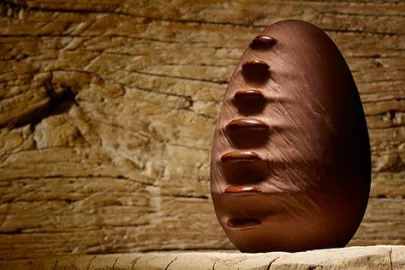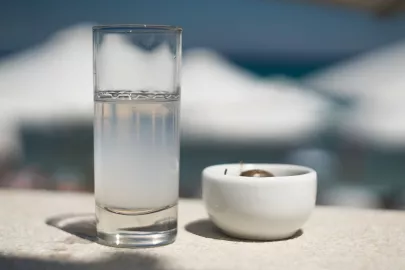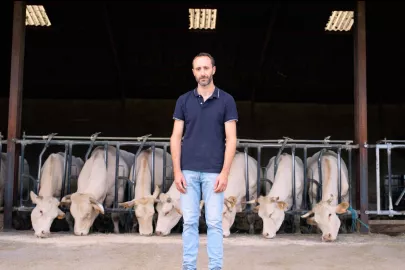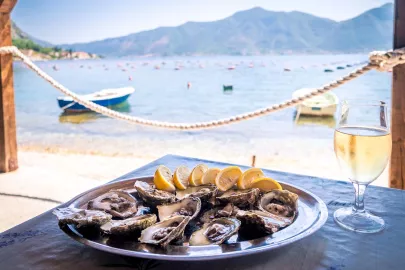Small estates and large houses can both claim to be the lifeblood of the Champagne vineyards. In principle, they have nothing in common. In practice, it’s not quite so simple. Each ‘family’ understands what it owes the other. Here’s why.
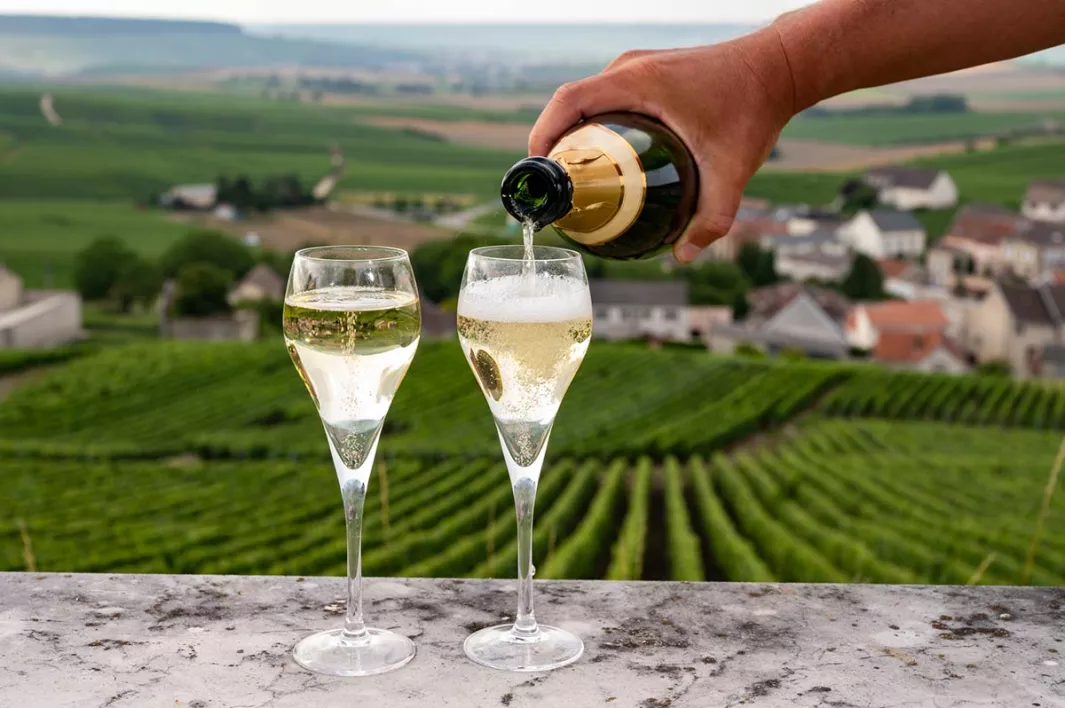
What does a "small" winegrower who works day and night to squeeze a few thousand bottles from a handful of hectares have in common with a large house that exports millions of bottles a year to a global market? This is one of the realities of the vineyards of Champagne, which are run by different people organizing things in very different ways. There are some 16,000 winegrowers in the region. Two thirds sell their grapes to traders; only one third, the grower-producers, make and sell their own champagne. The extended family of Champagne houses has some 350 members. Although some own vines – never enough to meet their huge demands – they are all involved in trade, buying grapes from winegrowers who earn enough to live very comfortably.
Winegrowers vs traders
In many ways, ‘small’ grower-producers live on a different planet than the big Champagne houses, many of which have sumptuous headquarters on avenue de Champagne in Épernay, in stark contrast to the modest properties of the family growers. The large houses produce branded champagnes with a distinctive style targeted at a broad audience, while wine-growers are more intent on exploring the expression of their terroir and vintages. The yawning gap between the Champagne houses and the simple estates appears so wide; it’s like they occupy the same land without ever coming into contact. There is some truth in this. But it’s important not to exaggerate their differences. A more nuanced picture is in order.
The houses behind a global success story
Firstly, not all Champagne houses are huge – some are little more than ‘large’ estates. Next, the two worlds feed into one another. Many winegrowers are aware of the spadework done by the big Champagne houses in building a global reputation for their one-hundred-percent local sparkling wines, and openly admit they benefit from this unrivaled fame. But it goes deeper than that.
Terroir: the vital role of winegrowers
Over the last ten to fifteen years, a somewhat overlooked idea has made a remarkable comeback: terroir. For many years, the region was happy to make few demands on its vineyards, producing reasonable, if unremarkable, grapes. The work of “turning lead into gold” – such as the assemblage of varieties and wines from different years – was left to the cellar masters. Then a handful of pioneering wine-growers like Anselme Selosse, Sophie and Pierre Larmandier and the Fleury Family, put the terroir back in the spotlight. Their ingenious idea was to promote its expression through an advanced, even more environmentally friendly approach to winegrowing from plant to fruit, producing a harvest of healthy grapes typical of their terroir, without altering its temperament once it got to the cellar. And it works! These wines are a resounding success with wine merchants and even appear on the wine lists of Michelin-starred restaurants, once the preserve of big Champagne houses, some of whom have even begun to grapple with the terroir themselves. The movement is still gathering speed but is on its way, especially since big names like Philipponnat and Krug dipped their toes in the water.
Proof, then, that while staying true their identity and mutually enriching each other, small winegrowers and large Champagne houses are helping the world’s most famous sparkling wine take another step forward.
Contributor

Editor


